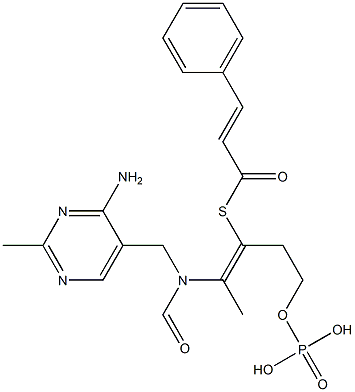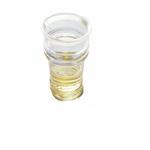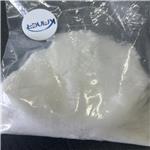Description
Sodium dodecyl sulfate, an organic sodium salt, is derived from dodecyl hydrogen sulfate. With properties as a detergent and a protein denaturant, it includes dodecyl sulfate within its composition. On the other hand, Sodium Lauryl Sulfate (SLS) is an anionic surfactant sourced naturally from coconut and/or palm kernel oil.
Uses
Sodium dodecyl sulfate (SDS), also known as sodium lauryl sulfate, is a versatile anionic surfactant with a broad range of applications in cell biology, biochemistry, and various industries. Its amphiphilic nature, characterized by a hydrophobic hydrocarbon tail and a hydrophilic sulfate head group, makes it an effective detergent capable of solubilizing and denaturing proteins, lipids, and other hydrophobic molecules.
Application
In protein biochemistry, SDS plays a pivotal role in protein extraction and SDS-PAGE (sodium dodecyl sulfate-polyacrylamide gel electrophoresis). Its ability to denature proteins by disrupting their secondary and tertiary structures allows for their uniform migration through a polyacrylamide gel matrix based on their molecular weight. This technique, SDS-PAGE, has become an indispensable tool for analyzing protein size and purity.
Beyond protein analysis, SDS also finds applications in nucleic acid extraction and hybridization techniques. Its detergent properties aid in the lysis of cells and the solubilization of cellular components, facilitating the extraction of DNA and RNA. This makes SDS a valuable reagent in various molecular biology protocols, including PCR (polymerase chain reaction) and Southern blotting. Sodium dodecyl sulfate stands as a versatile and widely used surfactant with a diverse range of applications due to its ability to solubilize, denature, and separate biological molecules for cell biology and biochemical research.



